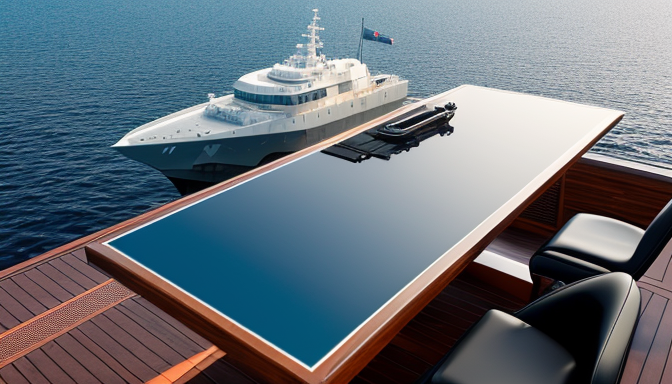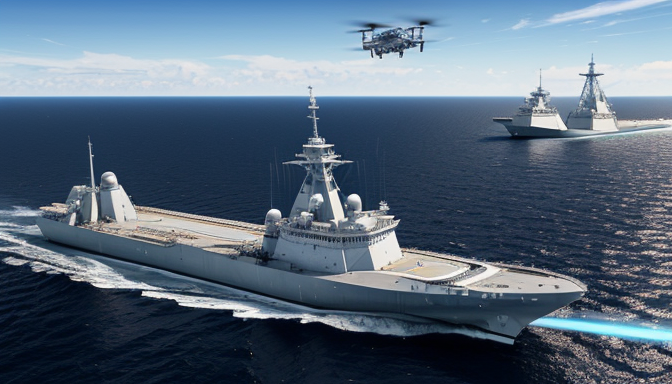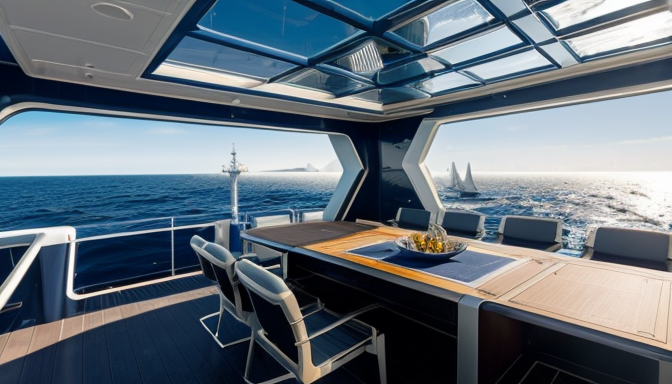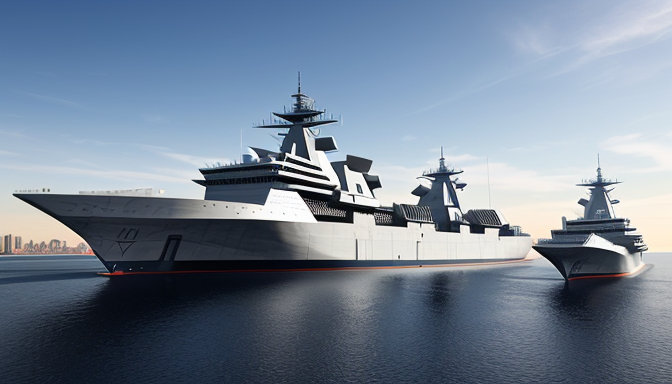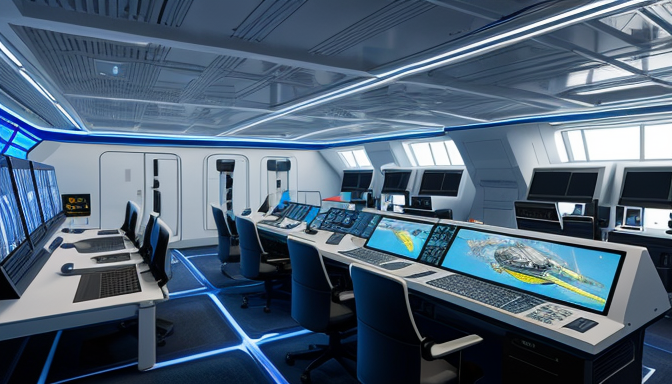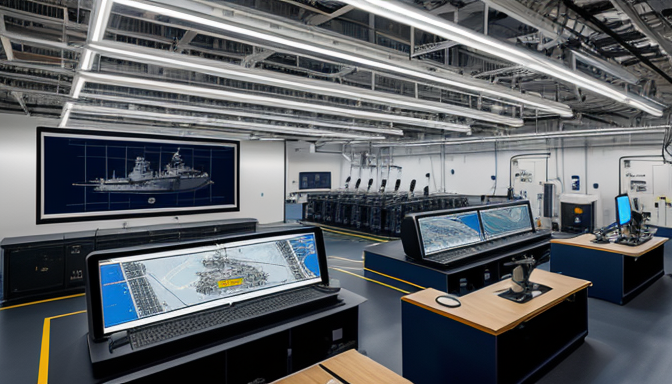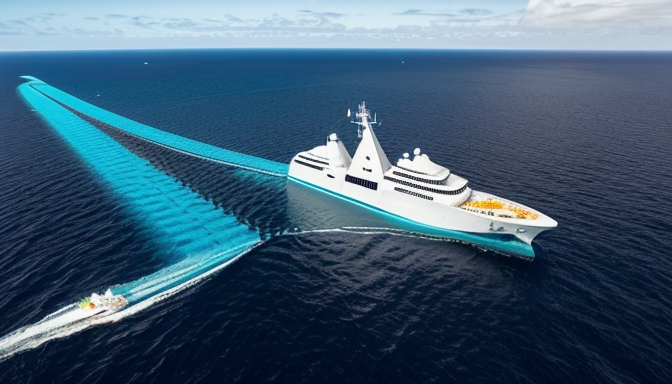The Hidden Genius Behind Modern Naval Innovations
Have you ever wondered what makes modern naval operations so efficient and powerful? The answer lies in the hidden genius behind groundbreaking advancements in naval technology. Today, we are witnessing a revolution in maritime operations, driven by innovations that not only enhance military capabilities but also prioritize sustainability. Cutting-edge ship designs are now more than just vessels; they are marvels of engineering that blend functionality with environmental consciousness.
Consider, for instance, the evolution of green propulsion systems. These systems are not merely a trend; they represent a fundamental shift in how navies approach energy consumption. With the rise of electric and hybrid propulsion, ships can operate more quietly and efficiently, reducing their carbon footprint while maintaining operational readiness. This shift is akin to moving from gas-guzzling cars to sleek electric vehicles—it’s about embracing the future while addressing the environmental challenges of today.
Moreover, innovations in marine technology extend beyond propulsion. Advanced materials and design techniques have led to ships that are not only faster but also more resilient to the harshest ocean conditions. The integration of smart technology allows for real-time data analysis, enhancing decision-making processes during critical operations. It’s like having a personal assistant on board, constantly providing insights and optimizing performance.
In summary, the hidden genius behind modern naval innovations is a blend of creativity and technology, resulting in vessels that are more capable, efficient, and environmentally friendly than ever before. This evolution is not just about warfare; it’s about securing a sustainable future on the seas.
Revolutionary Technologies in Naval Warfare
The world of naval warfare is undergoing a remarkable transformation thanks to groundbreaking technologies that are redefining how we think about maritime operations. Imagine a fleet of ships that can navigate the seas with minimal human intervention. Yes, unmanned systems are at the forefront of this revolution, offering unparalleled advantages in surveillance, reconnaissance, and combat scenarios. These autonomous vessels can operate in high-risk environments, reducing the danger to human life while maximizing operational efficiency.
Moreover, the integration of advanced weaponry is a game changer. From laser systems that can disable enemy vessels to hypersonic missiles that travel at incredible speeds, the future of naval engagements is becoming more lethal and precise. These innovations not only enhance the striking power of naval forces but also shift the balance of power in maritime conflicts. Just think about it: a single ship equipped with these technologies can dominate vast areas of ocean.
In addition to these advancements, the push for green propulsion systems is revolutionizing how navies approach sustainability. With the increasing concern over environmental impacts, many naval forces are investing in cleaner technologies that reduce emissions and fuel consumption. This shift not only helps in preserving marine ecosystems but also aligns military operations with global sustainability goals.
To summarize, the combination of unmanned systems, advanced weaponry, and green propulsion is paving the way for a new era in naval warfare. These technologies are not just innovations; they are the backbone of future maritime security strategies.
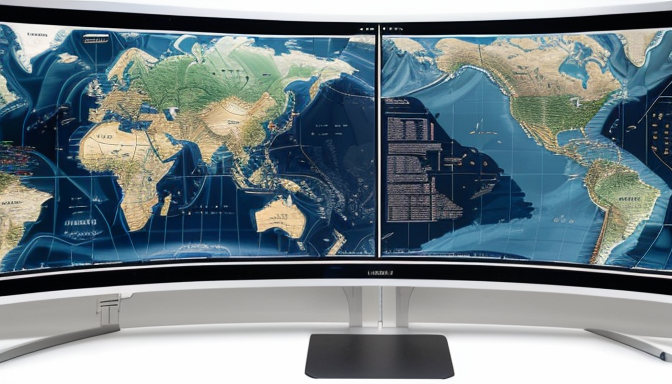
The Role of Collaboration in Naval Innovation
In the ever-evolving world of naval technology, collaboration stands as the cornerstone of innovation. Imagine a shipyard where engineers, scientists, and military strategists converge, each bringing their unique expertise to the table. This synergy fosters a breeding ground for groundbreaking ideas, leading to the development of cutting-edge ship designs that not only enhance performance but also prioritize sustainability. For instance, the integration of green propulsion systems demonstrates how teamwork across sectors can yield solutions that reduce environmental impact while maintaining operational efficiency.
Moreover, partnerships between governments and private enterprises have proven essential in driving advancements in marine innovations. By pooling resources and knowledge, these collaborations can tackle complex challenges that no single entity could manage alone. Consider the rise of unmanned systems; their development relies heavily on shared insights from various industries, including robotics and artificial intelligence. This cross-pollination of ideas not only accelerates technological progress but also enhances global maritime security.
As we look to the future, the role of collaboration in naval innovation cannot be overstated. By fostering an environment where ideas flow freely and diverse perspectives are valued, we can expect to see even more remarkable advancements. After all, in the vast ocean of possibilities, it is often the collective effort that leads to the most extraordinary breakthroughs. So, the next time you hear about a revolutionary naval technology, remember that behind it lies a web of collaboration, weaving together the threads of innovation.
Frequently Asked Questions
- What are some of the most significant advancements in naval technology?
Some groundbreaking advancements include unmanned systems, advanced weaponry, and the integration of artificial intelligence. These technologies not only enhance operational efficiency but also redefine strategies in naval warfare.
- How does collaboration impact naval innovation?
Collaboration between governments, private sectors, and international partners is crucial. It fosters the exchange of ideas and resources, leading to innovative solutions that enhance global maritime security and efficiency.
- What role does artificial intelligence play in modern naval operations?
Artificial intelligence is revolutionizing naval operations by improving decision-making processes, enabling predictive maintenance, and enhancing situational awareness. It allows for faster responses and more effective strategies in maritime conflicts.
- Are unmanned systems the future of naval warfare?
Absolutely! Unmanned systems like drones and autonomous vessels are becoming increasingly vital. They reduce risk to human life and can operate in environments that are challenging or dangerous for manned vessels.
- How do these innovations affect global maritime security?
These innovations significantly enhance global maritime security by improving surveillance, threat detection, and response capabilities. They also promote cooperation among nations, leading to a more secure maritime environment.
